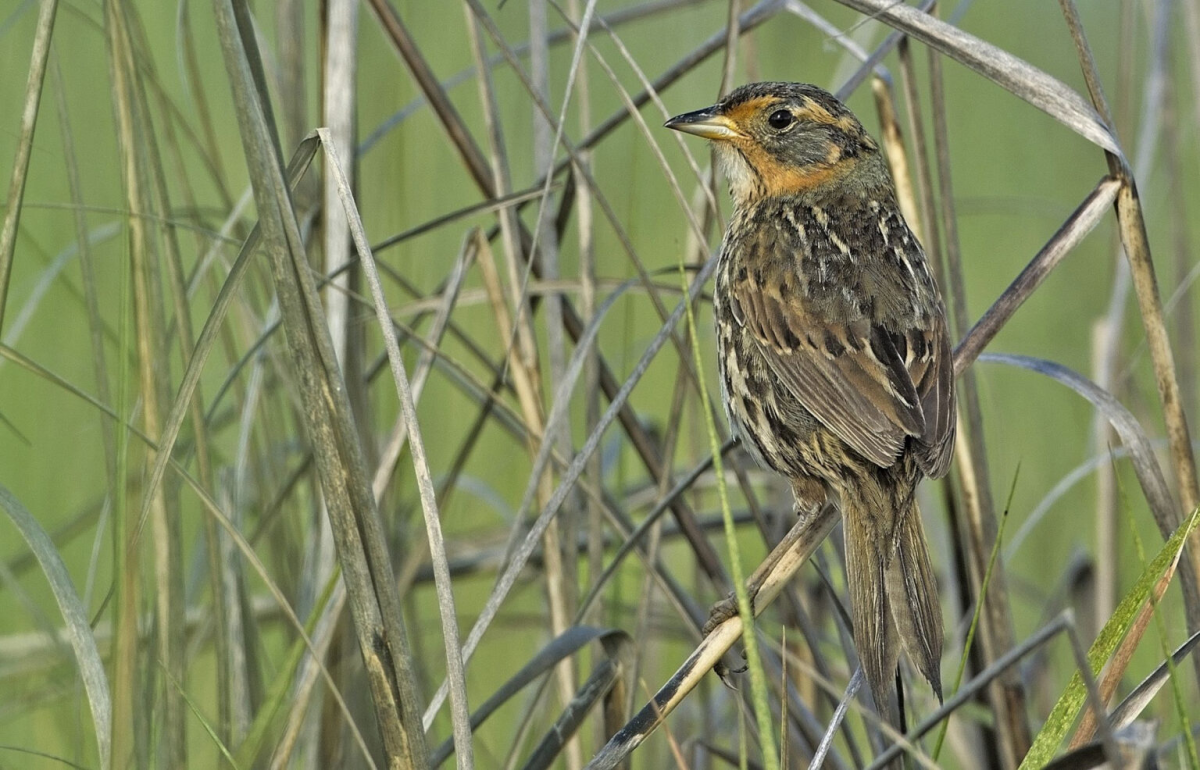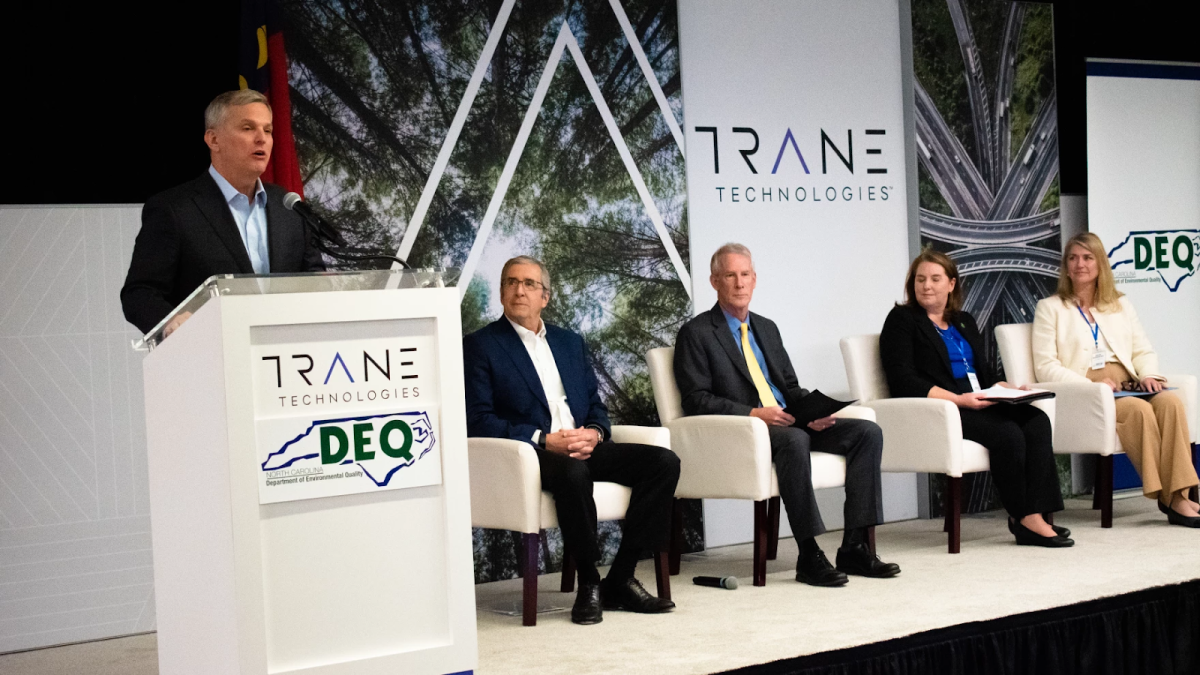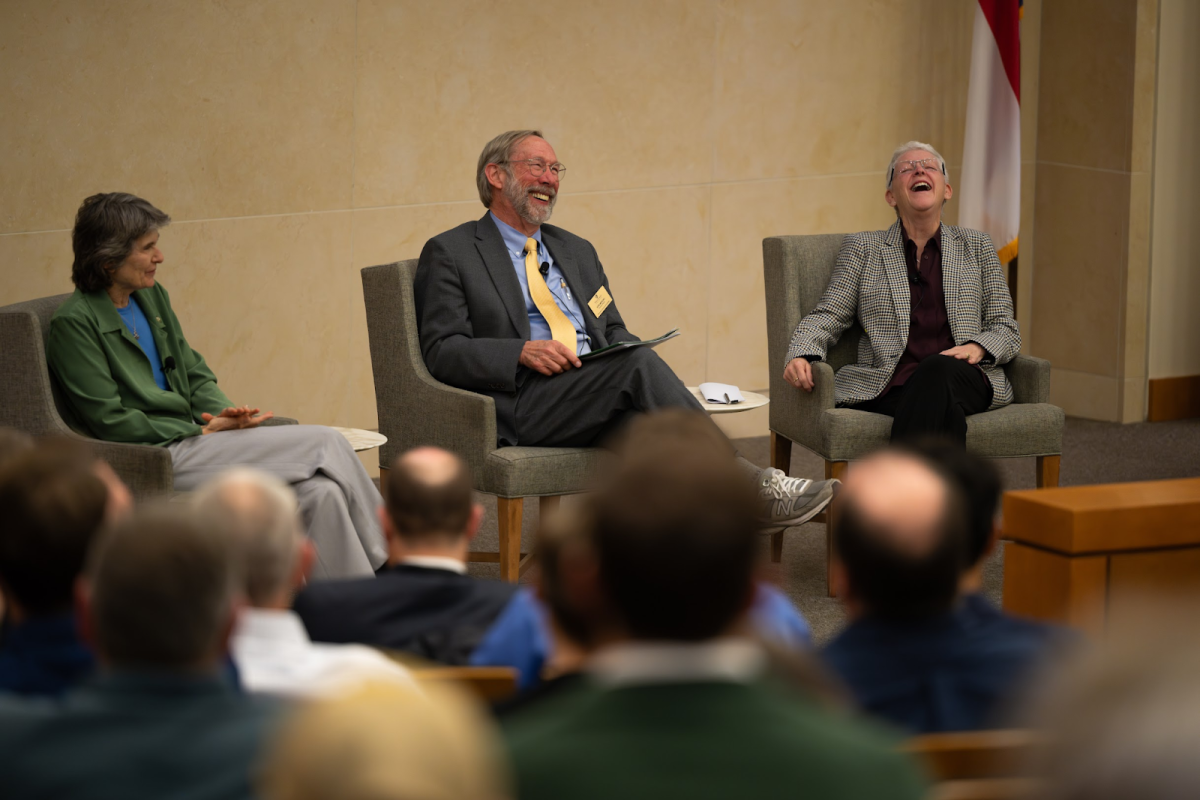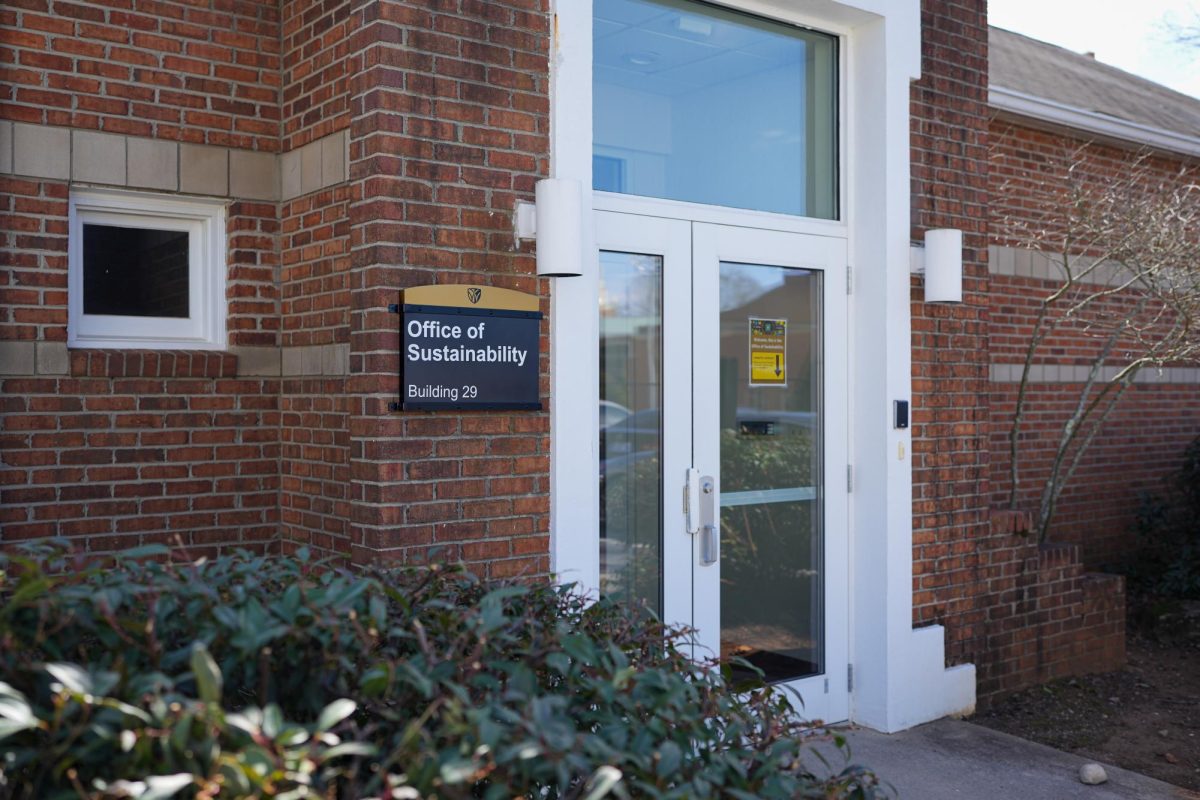Roving along the Atlantic Coastline, hiding in marsh plants flittering across the water, Saltmarsh Sparrows hum mystic sounds of romance. These tiny birds, weighing less than one ounce, never settle for the right mate rather, always in for a fling.
Listen to how Saltmarsh Sparrow sounds.
But climate change could end these love stories.
93 of 450 bird species in North Carolina were categorized as species of “greatest conservation need,” according to the North Carolina Wildlife Resource Commission (NCWRC) in 2024. The label is a serious warning against the existential threats faced by these birds due to declining population, habitat loss or other factors, and signals the need of focused resources on these species to prevent their further declines or even extinctions.
Among the birds that need conservation, the Saltmarsh Sparrows are among the more threatened species, according to The International Union for Conservation of Nature Red List of Threatened Species (IUCN Red List), which ranked them as endangered.
Audubon, a nonprofit environmental organization, performed an independent study and concluded that, of the 588 species researched over Alaska, Canada and the lower 48 states, 314 bird species are imperiled in the 21st century due to climate change. Among them, 170 species are found in North Carolina.
HED BY THE NUMBERS
588 species in the U.S. and Canada
314 imperiled because of climate change
170 found in North Carolina
*Source: National Audubon Society
“We don’t have enough resources to really do research on all of these [93],” Scott Anderson, morphologist and science support coordinator at the NCWRC, said. “We don’t have the resources to get great numbers of population just to even know whether we should be concerned about them or not.”
Climate change has direct and indirect effects on birds. According to the American Bird Conservancy, warming temperatures are changing where birds live, the timing of their migration patterns and egg laying and the sizes and shapes of their bodies.
Climate change increases the frequency and severity of hurricanes, storms and other natural disasters. These disasters damage bird habitats and can kill them, according to the American Bird Conservancy.
Anderson and the NCWRC are creating a North Carolina bird atlas: volunteer-based monitoring that maps the locations and abundance of bird species during winter and breeding season. This community project involves participants recording birds’ breeding patterns as simple as singing or discovery of a nest of eggs.
“We are basically trying to get baseline data for the distribution and abundance of birds in North Carolina,” Anderson said. “A lot of other states do atlases, as well. Some of them are on their second or third atlas, which is great for them.”
Anderson continued: “We haven’t ever done one before.”
As Anderson’s team finished the fourth breeding season of the project, they look forward to the result after this initial data collection process. The information will help conservation groups preserve bird species, especially when facing the rising challenges of climate change.
With this new atlas, bird conservationists will be empowered to carry out their daily missions, including the use of prescribed burns for habitat restoration.
Artificial fire can rebalance an overgrowth, getting rid of aggressive plants and cycles nutrients through an ecosystem. The combination of more sunlight reaching the bottom of the canopy and new nutrients from the burned plant material helps supercharge the growth of native grasses, according to Audubon.
The Piedmont Triad region is home to an abundance of longleaf pine savannah that requires frequent fire to maintain healthiness, according to Anderson.
“We partner with a nature conservancy to have people burn habitat in the Sandhills area because that habitat, in order to maintain the way it is, needs to fire like every two or three years. It’s a really frequent time period that it needs to have fire run through there,” Anderson said.
But prescribed fire has become more difficult due to rising temperatures, and sometimes plans are delayed and even called off entirely due to increasingly unpredictable weather, also a product of climate change.
“We often are adjusting our ability to burn because weather events dictate when you can do a prescribed fire,” Anderson said. “The hotter it gets and the drier it gets, the harder it’s going to be to do these controlled burns.”
While people like Will Anderson accumulated enough fieldwork experience to detect the impacts of climate change in their routines, data-backed research can point to exactly how a species is threatened by a worsening living conditions.
Dave Anderson is a professor of biology at Wake Forest, spending 40 years of his career studying the ecology of wild birds. (He is not related to Scott Anderson.) One of his interested species, the blue-footed boobies face existential threats from a lack of food sources due to climate change.
The blue-footed boobies feed on sardines, which favor cool waters in the Pacific Ocean. As climate change disrupted both the El Nino and the Pacific Decadal Oscillation, introducing warmer current and water temperatures starting in 1997, the number of sardines dwindled in the oceans where the boobies inhabited.
“For blue-footed boobies, [sardine] is more than their preferred item,” Dave Anderson said, “They are a specialist on it. And if they don’t have sardines, they cannot reproduce.”
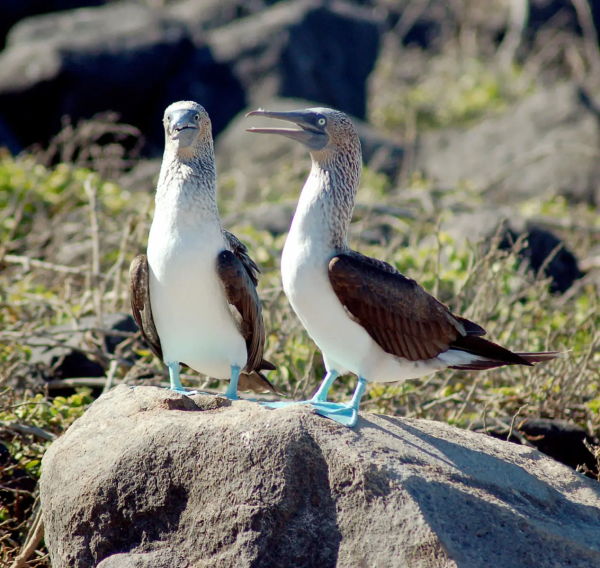
“The birds live 25 years. They are long-lived,” Dave Anderson said. ‘That worked out well when you would have like a couple of years of no sardines. And so, they lived across this bad period [more than 25 years of no sardines]. They could not reproduce, but they could survive. But now they cannot reproduce and they reach the end of their lifespans.”
The boobies have dropped in population size by more than a half, and for the ones that lived, they may not reproduce as well as prime-age birds, Dave Anderson said.
“We just don’t know if the sardines are gonna come back,” he said, “and if the sardines do not come back, then blue-footed boobies [will] go extinct in Galapagos.”
The NCWRC and conservationists are making the first steps to replicate Dave Anderson and his team’s 40-year march from data collection and pattern detection to solutions.
“The more data that we can collect in continuous years, the better off we will be able to tie to or disprove that climate change is having an effect on bird populations,” Anderson said at the NCWRC, “so I’m a big proponent of the more data, the better.”
Dave Anderson also remarks on the importance of funding longitudinal research, recognizing that “the value of these long-term studies is high. We wish we had more of them.”
“We have started a bunch of long-term studies recently because we realize the consequences of climate change can only be documented with a long-term study,” Dave Anderson said. “Let us hurry up and do some long-term studies. I wish we had started these 30 years ago.”



